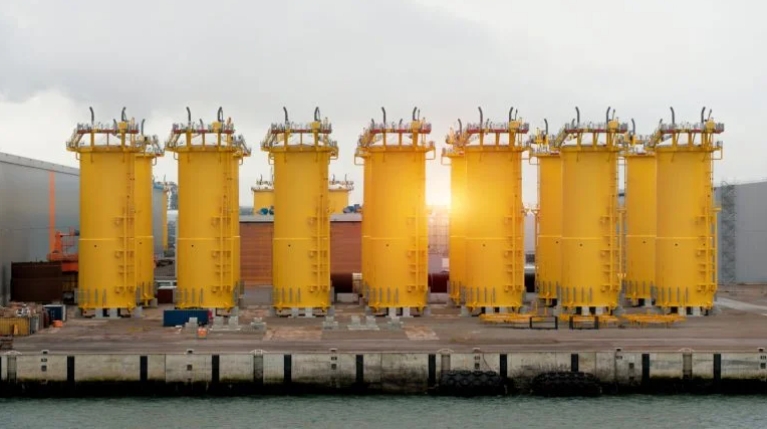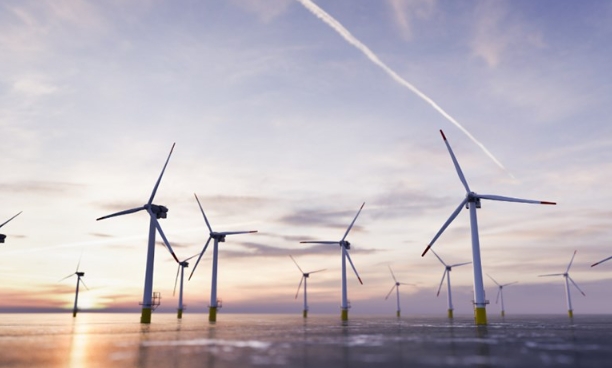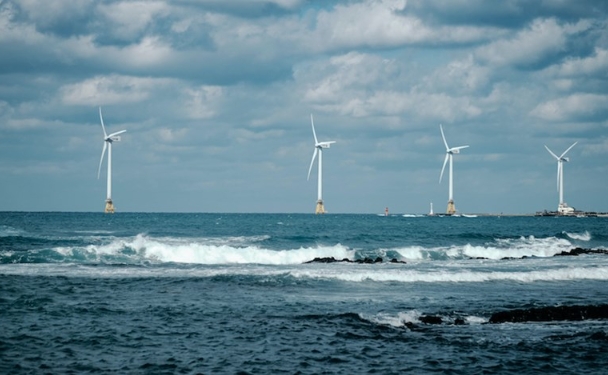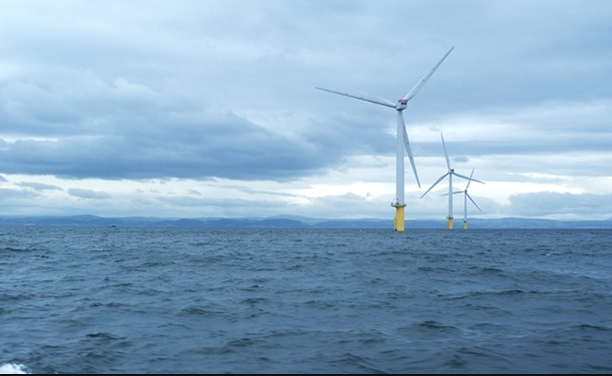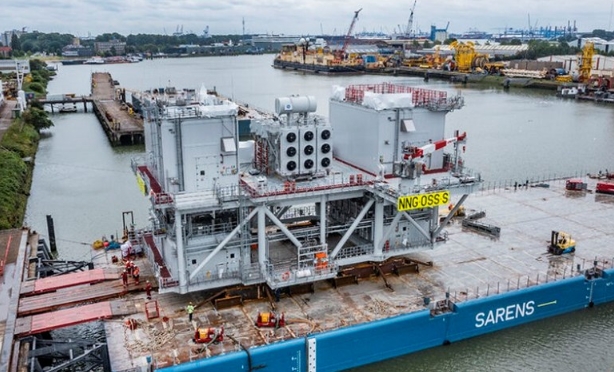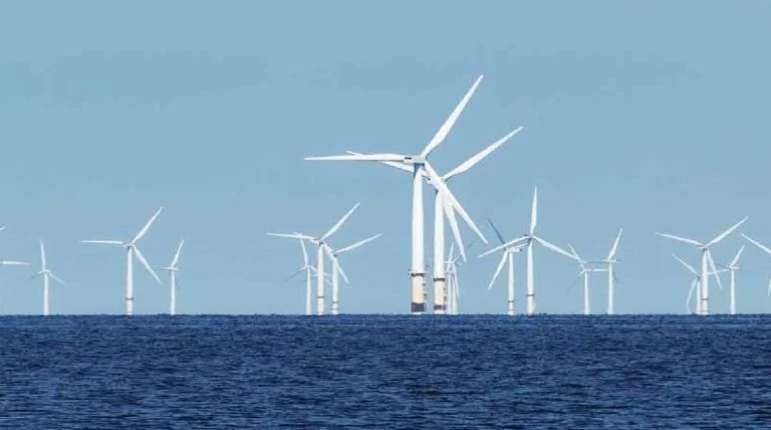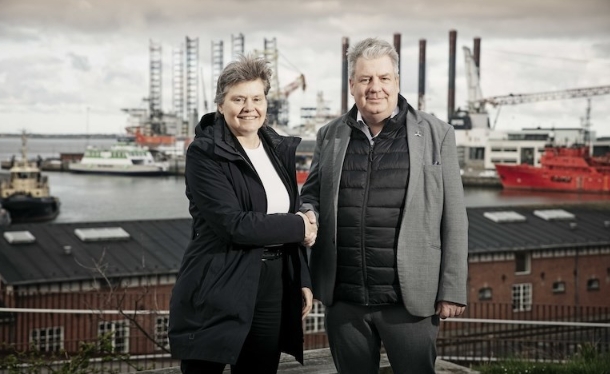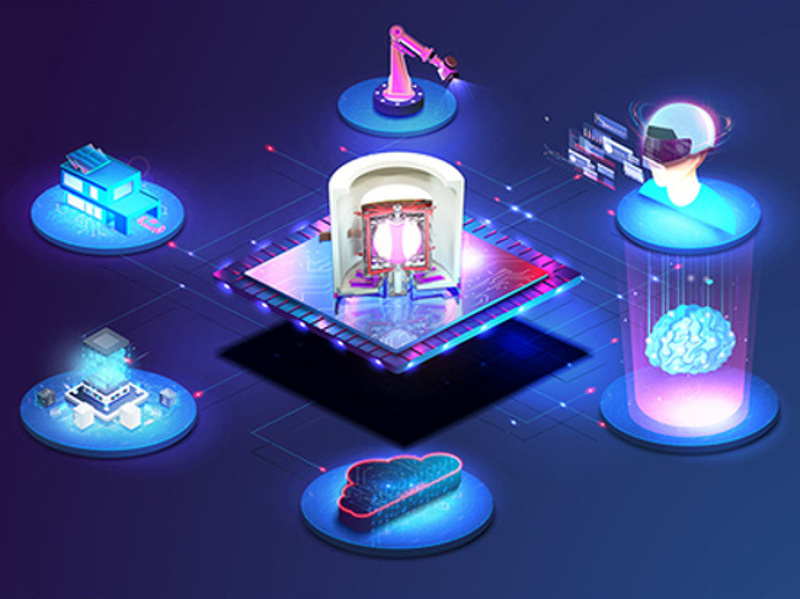
Image: UKAEA
The industrial metaverse along with supercomputing and AI are hoped to accelerate the development of the UK’s STEP prototype fusion plant.
The initiative, a collaboration between the UK Atomic Energy Authority (UKAEA), Dell Technologies, Intel and the University of Cambridge, intends to explore how supercomputers and AI technologies with advanced predictive capabilities can deliver a ‘digital twin’ of the STEP (Spherical Tokamak for Energy Production) design.
With the digital twin, scientists and engineers should be enabled to create a robust design in the immersive and connected virtual environment that it offers, i.e. the industrial metaverse.
“Exascale supercomputing and the advent of the ‘AI era’ are essential and potentially transformative milestones that will help the UK to ensure STEP achieves its mission to connect fusion power to the national grid in the early 2040s,” says Dr Rob Akers, director of Computing Programmes at UKAEA.
“These powerful technologies will allow us to embed robustness, flexibility and resilience into the STEP design.”
Exascale computing is regarded as the next generation of computing technology with supercomputers able to make up to one quintillion (one million million million) calculations per second.
To advance the process, the project partners have been working together for the past two years on ‘Project Dawn’ to co-design and prototype a candidate exascale class converged AI and simulation GPU/CPU supercomputer with the power to help meet the UKAEA’s anticipated computational requirements.
Dr Paul Calleja, director, Research Computing Services at the University of Cambridge, says the UKAEA’s mission to put clean fusion energy on the UK grid in the 2040’s is a hugely ambitious goal.
“[It needs] equally ambitious advanced computing and AI technologies to fuel the virtual engineering effort to create a complete digital reality of the power plant that can be developed and tested in silicon.”
The STEP prototype is under development at the former coal-fired West Burton power station site in Nottinghamshire.
The first phase is intended to produce a concept design, including an outline of the power plant with a clear view on how each of the major systems are designed, by the end of Q1 of 2024.
The detailed engineering design will then follow in the second phase, which is planned to run from 2024 to 2028. Thereafter in phase 3 construction is planned with completion targeted around 2040.
